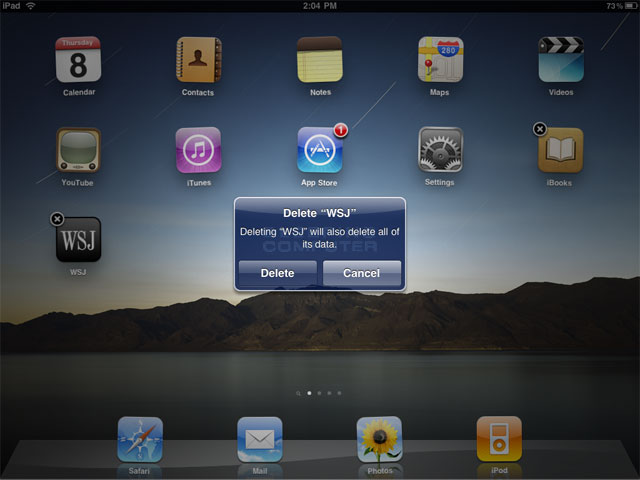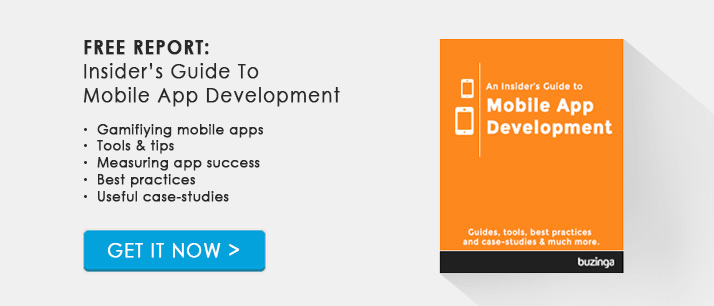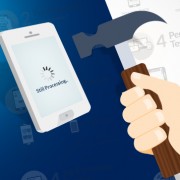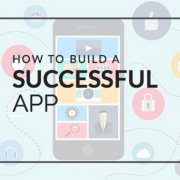5 Ways To Get Real Users To Test Your App
Most businesses, enterprises and startups alike will build an app, test it for bugs, and (if it’s bug free) release it to the world and hope for the best.
Big mistake…
Here’s why; When they don’t get the uptake they had been hoping for they start questioning their idea, their marketing, and even whether or not app development works for them.
What they rarely question is the ‘methodology’ for building intuitive and user-centric applications.
Here’s the thing; bugs are easy to fix, providing you’ve got good engineers who produce clean code. Trust me.
Usability on the other hand will kill your app dead in the water if done incorrectly.
Most app developers will tell you that they’ll build your app to be super intuitive. But that’s the biggest lie in the world. How can they possibly guarantee that it will be intuitive?? They can’t.
There is no ‘one-size-fits-all’ solution to building intuitive apps, and you’ll never know if your app is ‘intuitive’ or ‘easy-to-use’ until you test it with real people; people who can see the value in your app.
99.9% of app development companies run peer-to-peer testing (two people testing functionality within the app to make sure it’s working on their devices). That will identify obvious bugs. But it doesn’t give you fresh eyes on the project on a range of devices in real life context.
Their testing process is flawed.
In this article, I’m going to share with you my 5 step usability testing method for testing, gathering feedback and incramentally building an intuitive and user-centric application that people will love to use and share with friends.
I’m going to give you 5 hacks for getting real people to use your app and capture meaningful feedback that you can use.
Related post: The Definitive Guide To Mobile App Testing
When I first started building apps, I would get everyone around me to test them. My housemates, my neighbours, people on the street.
I would watch how they used them, and as people do, they loved to tell me exactly what was wrong.
Maybe a form wasn’t working properly, or the screen colour didn’t perform well in sunlight.
Real users notice things such as the quality of user experience, issues that the people involved in the creation of the app miss because they have such a high level of understanding of how the app functions.
Here are 5 different ways to get real users to test your app:
The most important thing : Do not give any instructions to people who are testing your app. Try to avoid any questions they may ask.
If they cannot figure it out for themselves or find the tutorial then that is the number one issue for your app.
Consider the Facebook App.
Have you ever needed to watch the tutorial? I am going to guess no. The usability experience is so high that there is no instructions even needed.
1) Throw A Party.
Invite all of your friends over.
Buy a slab of beer and cook them a BBQ.
Get everyone to download the app and use it the way it was intended to be used.
This will not only be a really fun way to get your friends involved with the creation of your app, but also allows you to see first hand how people use your app in a casual environment.
The more natural their reactions, the more valuable the feedback.
Tip: Make sure you video the event.
2) Use Focus Groups
Focus groups are one of the best ways to test your app.
If you don’t know what a focus group is: A market research professional recruits a group of users in your target market and analyses them using the app.
The research will either take place in a laboratory or natural setting such as street surveys or student classrooms.
The researchers would test for everything from branding, user experience, the influence of colour, attitudes and behaviours.
A focus group study takes your testing into the psychological realm of consumer behaviour.
Some of Australia’s best market researchers are:
-The Australian Market & Social Research Society
But this can be a costly experience, with participants in the study often costing up to $250 each a session.
3) Use An Online User Testing Company

If you want to get serious about testing on a MASSIVE international scale…
Check out Online User Testing.
What you do is upload your application to a website with instructions, such as, “Sign into the app and add four users.”
The user platform sends out your app with instructions to thousands of people from all of the world.
These users video their experience in the app, with live feedback, recording of comments and suggested improvements. You can also live chat with them.
The best company in the market at the moment is called User Testing.
Companies such as eBay, Twitter, Spotify and Sony have used their services.
4) Take Your App To The Streets
This one is pretty self explanatory.
Conduct your own market research.
Step away from the computer and take your app to events, to the supermarket, to work.
Get everyone you meet to download the app and give you feedback.
Not only will those people feel special for being chosen to test it, it is also a great marketing tool to start up a conversation about your exciting new app!
5) Hire an actual tester
If you are developing your own app, and don’t have a company who looks after it for you, there are plenty of app testers who you can actually hire to help.
Professionals will test each and every screen, device and possible behaviour that can be performed in the app, mapping out user-flows and any issues that may arise.
University students can be great for this if you are on a budget.
Key Usability Tests You Must Complete
– Can the app be used without any instructions whatsoever?
– Does the app seamlessly integrate across different operating systems and devices.
– What happens to the apps functionality when the screen is landscape. What happens when it is turned portrait again?
– How does the app cope when it has low network coverage, low battery and low data?
– Can the app handle being interrupted by incoming calls, messages or notifications?
Developer Hack: Get your developer to install beta features (features that are new) inside the real application itself when getting other people to test it. Have them use the beta features alongside the current/existing features of your app. This will give you data to tell you how people are reacting to your new feature, what they like about it, where they’re getting confused and what you need to do to make them love it. That’s where you’ll find real results.
Don’t forget to add user feedback tools in your app once it is ready to be launched so you are receiving continuous feedback.
Do you any other tips on using real people to test your apps? I would love to hear them.
Latest posts by Logan Merrick (see all)
- Ep 18: Collective Campus’ CEO on Intrapreneurship and Corporate Innovation - December 20, 2016
- 50 User Engagement Strategies For Planning Memorable Mobile Experiences - December 19, 2016
- Latest Data: App Monetisation Trends And Drivers 2015-2020 - November 25, 2016








